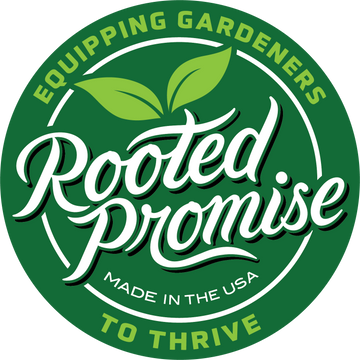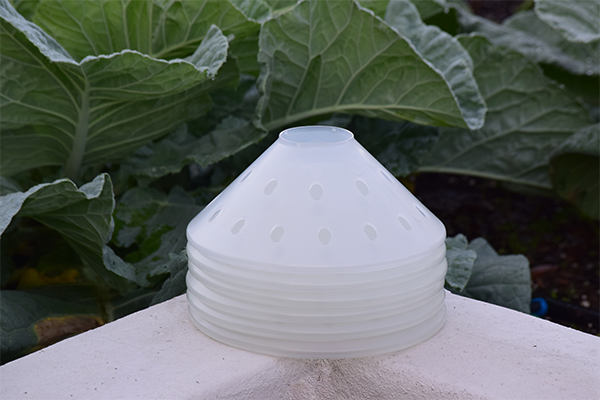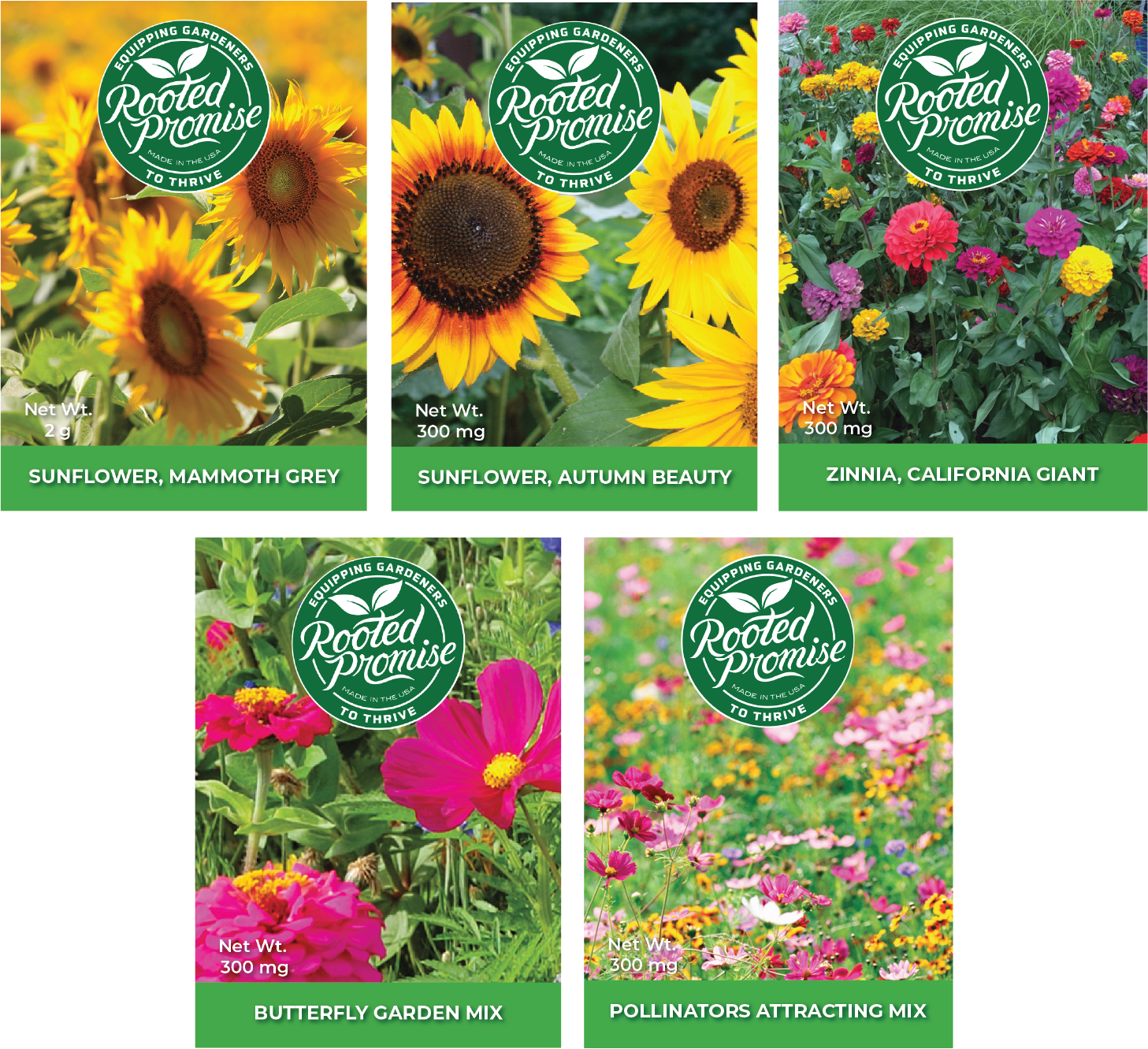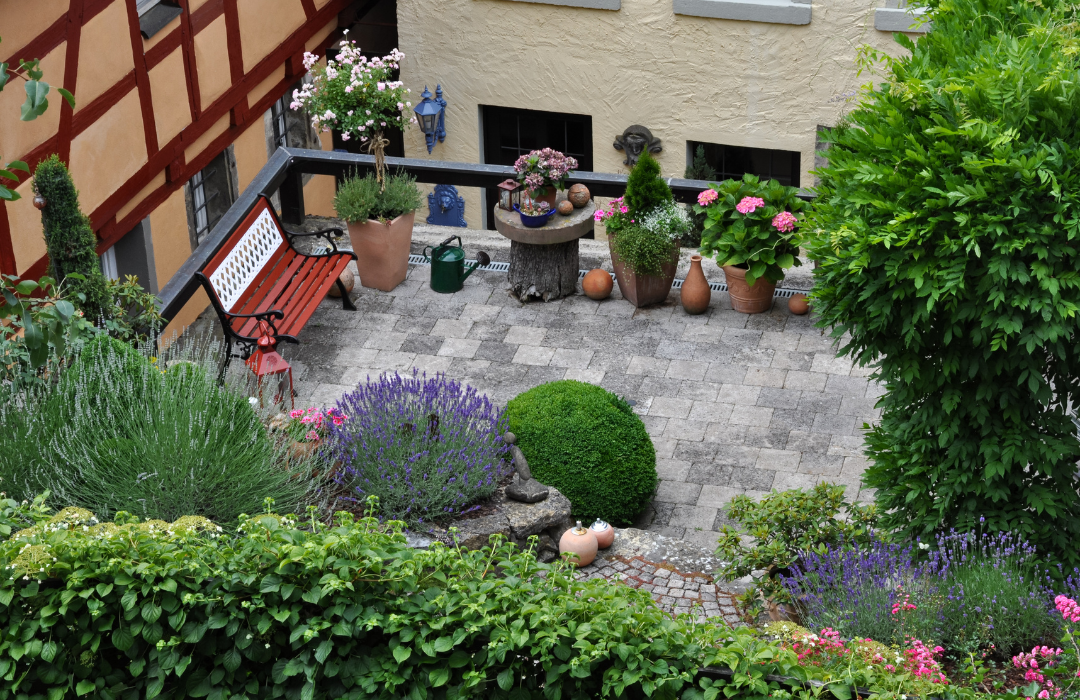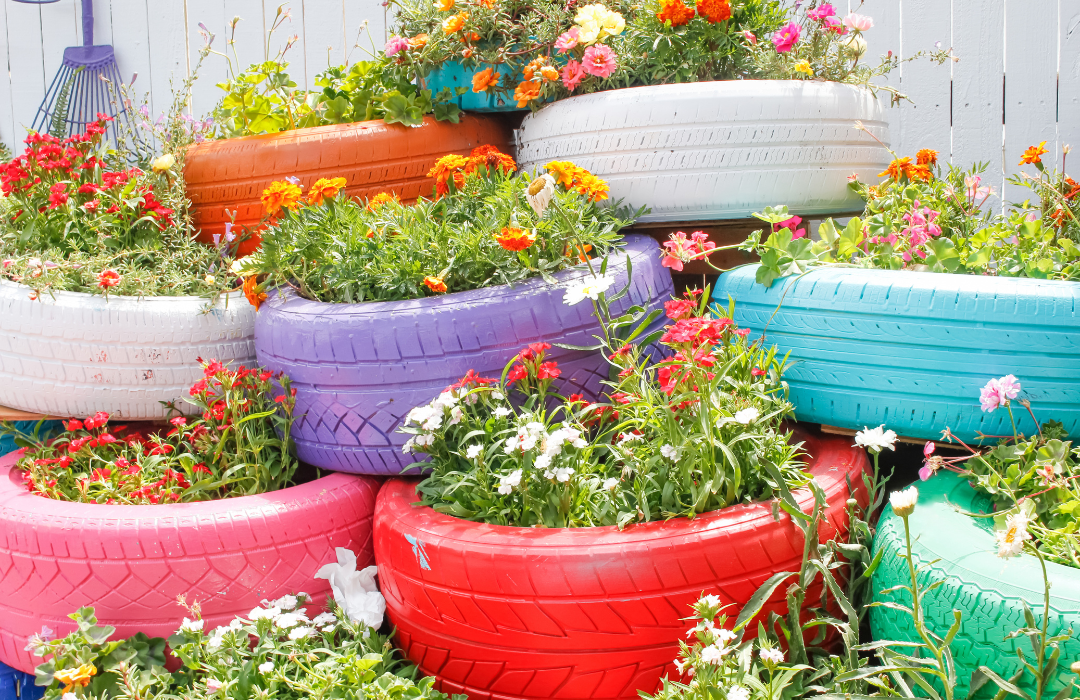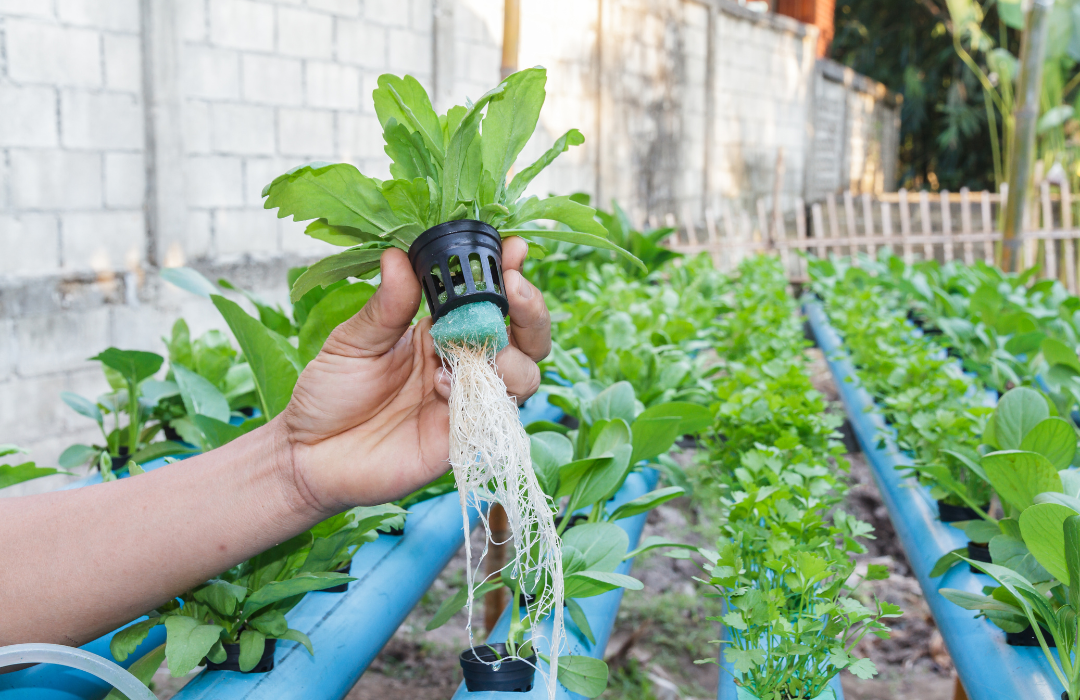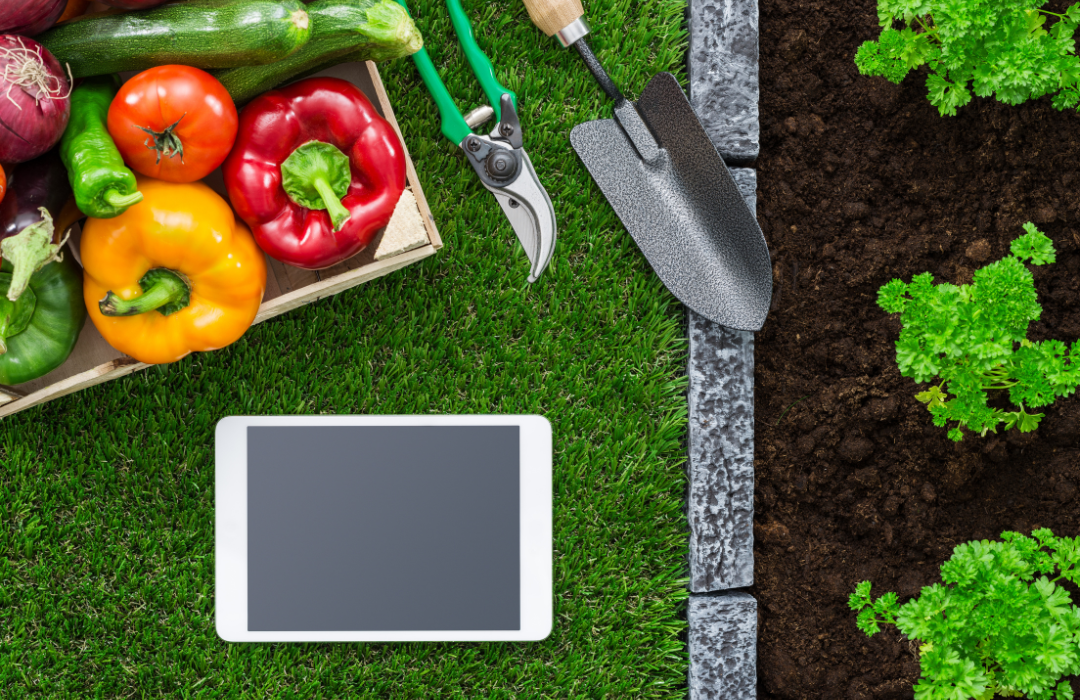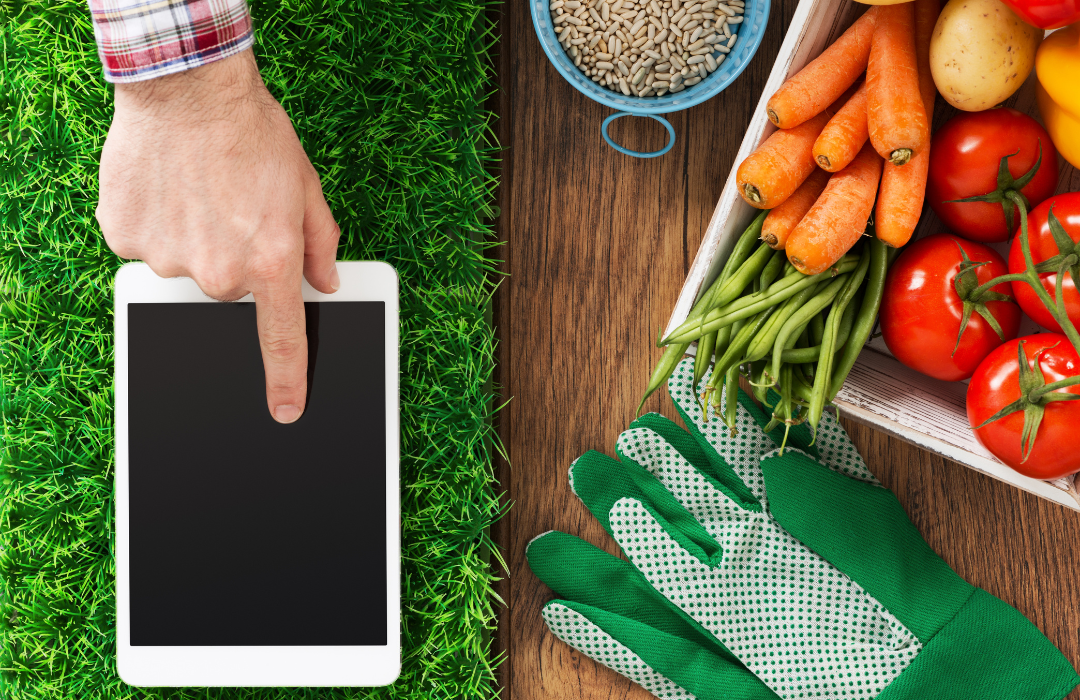Introduction
Hey there, gardening enthusiasts! Here at Rooted Promise, we're always excited to bring you the latest and greatest in gardening trends. Today, we’re diving into something truly unique and fascinating: edimentals.
If you’re scratching your head and wondering what on earth that means, don’t worry—you’re not alone. Edimentals are a relatively new concept in the gardening world, and they’re as cool as they sound. So, let’s break it down, explore who coined the term, and find out how you can easily grow these beauties in your garden.
Table of Content
- What are Edimentals?
- Why grow Edimentals?
- Can we grow Edimentals easily?
- Cool edimental plants to try
- Creating an Edimental Garden: Step-by-step
- Conclusion

What Are Edimentals?
Edimentals are a delightful blend of edible and ornamental plants. So, your garden is not only a feast for the eyes but also for your taste buds. That’s exactly what edimentals are all about. These plants are as beautiful as they are useful, offering both aesthetic value and culinary benefits. It’s the perfect combination for gardeners who want to maximize their garden’s potential.
The term “edimental” is a mash-up of “edible” and “ornamental.” It was coined by Stephen Barstow, a passionate gardener and author of the book “Around the World in 80 Plants.” Barstow is a pioneer in promoting the use of perennial vegetables and has introduced many gardeners to the wonderful world of edimentals.
So, what kinds of plants qualify as edimentals? Think of colorful lettuces, vibrant Swiss chard, flowering herbs, and fruit-bearing shrubs. These plants can be seamlessly integrated into your garden beds, borders, and even containers, providing both visual appeal and delicious harvests.
Why Grow Edimentals?
There are plenty of reasons to get excited about growing edimentals. First and foremost, they’re a fantastic way to make the most of your gardening space. If you’re working with limited space, why not choose plants that offer double the benefits? Instead of dedicating separate areas to edibles and ornamentals, you can mix them together for a garden that’s both productive and beautiful.
Another great benefit of edimentals is that they attract beneficial insects. Many of these plants produce flowers that are rich in nectar and pollen, attracting bees, butterflies, and other pollinators. This not only helps your garden thrive but also supports the local ecosystem.
And let’s not forget the culinary advantages. Edimentals allow you to experiment with new flavors and add a fresh, homegrown touch to your meals. Imagine garnishing your salads with vibrant nasturtium flowers, adding a splash of color and a peppery kick. Or harvesting tender young kale leaves that not only look stunning but also pack a nutritional punch.
Can We Grow Edimentals Easily?
Absolutely! Growing edimentals is easier than you might think, and you don’t need to be an expert gardener to get started. Here are a few tips to help you integrate edimentals into your garden successfully.
- Start with the Right Plants: Choose plants that thrive in your climate and soil conditions. Some popular edimentals include kale, Swiss chard, nasturtiums, calendula, and edible flowers like pansies and violets. Herbs like rosemary, thyme, and chives are also great choices, as they offer both culinary and ornamental value.
- Plan Your Layout: Think about how you want to arrange your edimentals. You can interplant them with existing ornamentals or create dedicated beds that combine both types of plants. Consider the colors, textures, and heights to create a visually appealing design.
-
Provide Proper Care:
- Harvest Regularly: Regular harvesting encourages continuous growth and keeps your plants looking tidy. Plus, it’s a great way to enjoy the fruits (and vegetables) of your labor. Snip off flowers for a beautiful salad garnish or pick leaves for fresh, homegrown greens.

Cool Edimental Plants to Try
Let’s take a closer look at some of the coolest edimental plants you can add to your garden.
-
- Swiss Chard: Swiss chard is a superstar edimental with its vibrant, colorful stems and large, glossy leaves. It’s not only beautiful but also highly nutritious. Use the leaves in salads, sautés, or as a spinach substitute in any recipe.
- Nasturtiums: These cheerful flowers are incredibly versatile. They come in a range of bright colors and have a peppery taste that’s perfect for salads. Both the leaves and flowers are edible, and they’re great for attracting pollinators.
- Kale: Kale is another fantastic edimental. Its ruffled leaves add texture to your garden, and it’s a nutritional powerhouse. Use young leaves in salads or mature leaves in smoothies, soups, and sautés.
- Calendula: Also known as pot marigold, calendula is a beautiful and beneficial plant. Its bright orange and yellow flowers are edible and can be used to add color to salads or as a garnish. Calendula also has medicinal properties and can be used in homemade skincare products.
- Herbs: Herbs like rosemary, thyme, and chives are perfect for an edimental garden. They offer beautiful foliage, fragrant flowers, and delicious flavors for your kitchen. Plus, they’re generally easy to grow and care for.
Creating an Edimental Garden: Step-by-Step
Ready to get started on your edimental garden? Here’s a simple guide to help you create a stunning and productive space.
- Choose Your Spot: Find a sunny spot in your garden. Most edimentals need at least 6 hours of sunlight a day to thrive.
- Prepare the Soil: Good soil is key to a successful garden. Enrich your soil with compost or well-rotted manure to provide the nutrients your plants need.
- Select Your Plants: Pick a mix of plants that you love both for their looks and their taste. Remember to consider their growth habits and space them accordingly.
- Planting: Plant your edimentals following the spacing recommendations on the seed packets or plant labels. Mix them in with your existing ornamentals or create dedicated edimental beds.
- Watering: Water your plants regularly, especially during dry spells. Mulching can help retain moisture and keep weeds at bay.
- Maintenance: Keep an eye on your garden and perform regular maintenance. This includes weeding, pest control, and regular harvesting to keep your plants productive and looking their best.
Conclusion
Edimentals are a fantastic way to blend beauty and utility in your garden. Whether you’re a seasoned gardener or just starting out, these versatile plants offer a unique opportunity to enjoy both visual appeal and delicious harvests.
At Rooted Promise, we’re all about helping you make the most of your gardening experience. So why not give edimentals a try? They might just become your new favorite garden addition.
External Links:
https://www.edimentals.com/blog/?page_id=30
